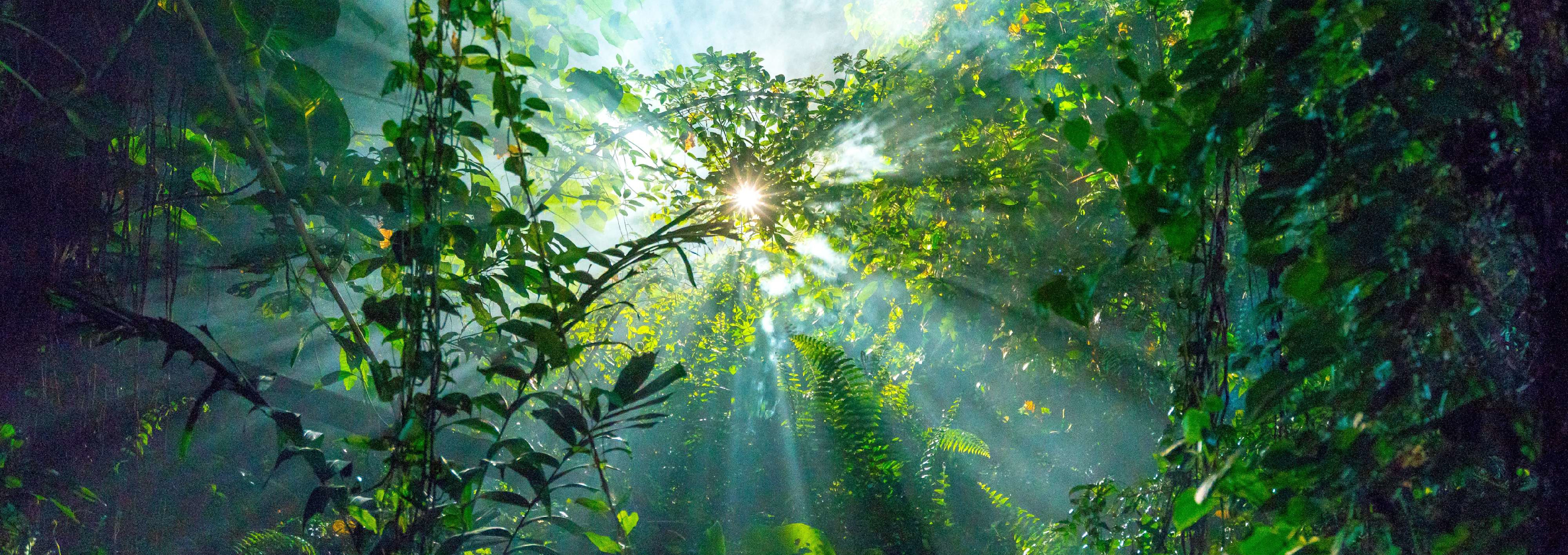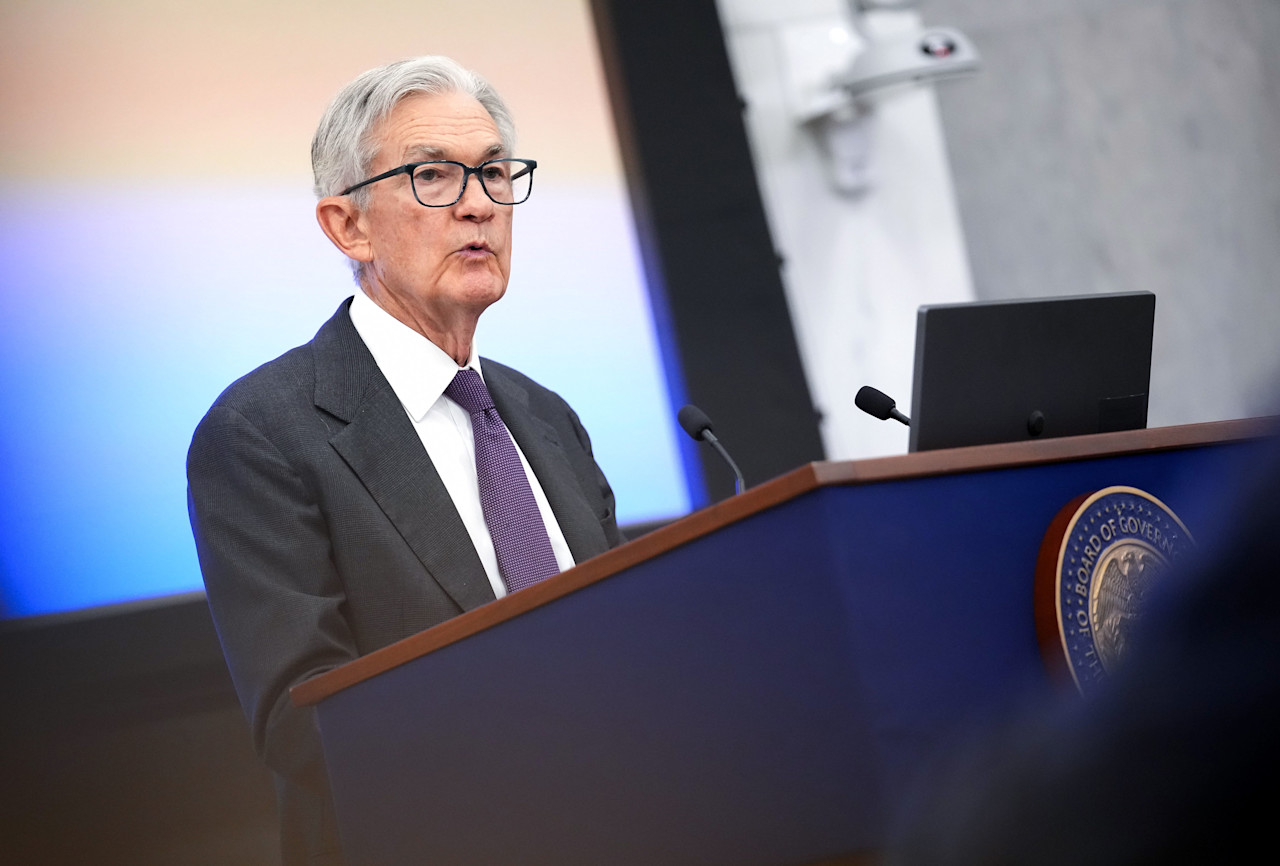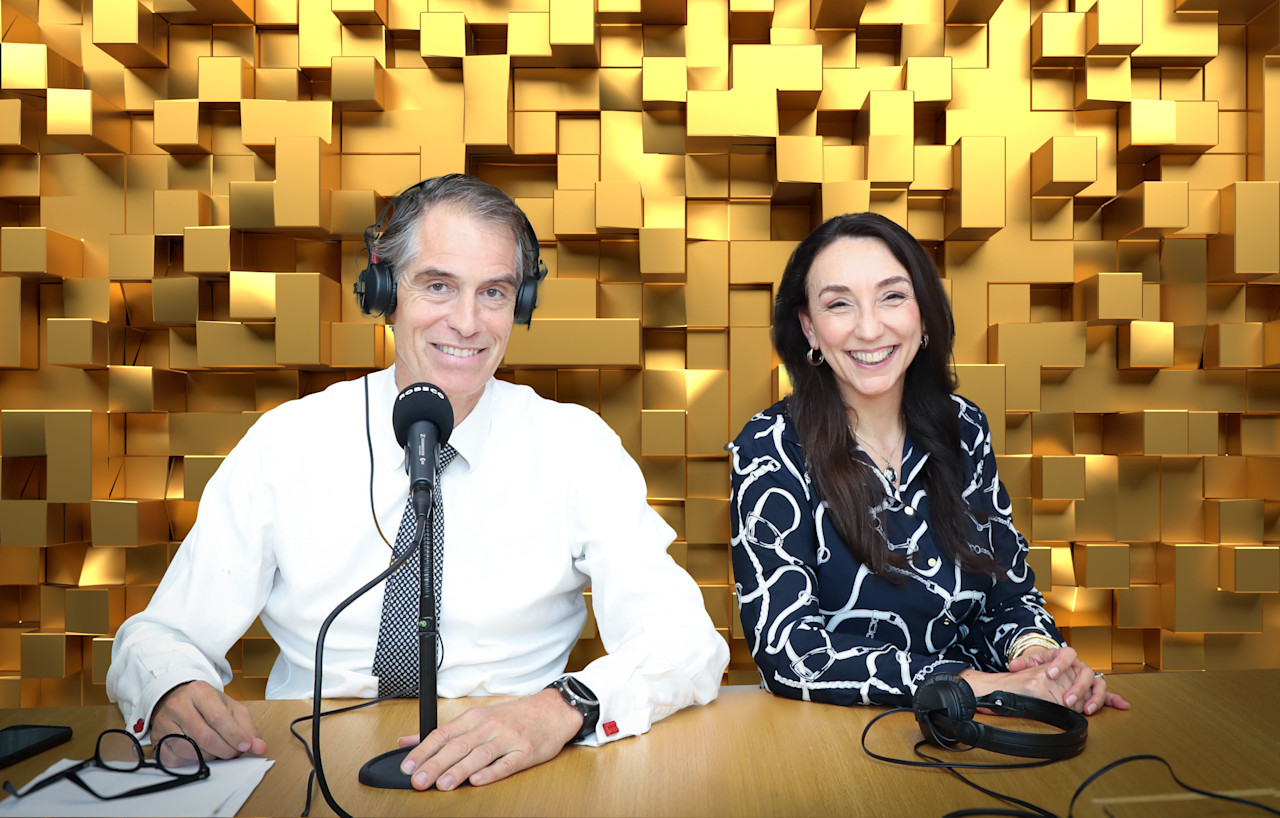

Greening the bond market
Green bond issuance has developed healthy momentum over recent years. The sector now represents a liquid and diversified market which provides an effective tool for investors to meet a range of objectives, including impact and financial return.
概要
- The green bond market now represents about EUR 700 billion in assets
- Record issuance in 2019, and a further EUR 32 billion issued in Q1 2020
- Green initiatives and regulatory support will underpin continued growth
Described as liquid impact investing, green bonds are regular bonds whose proceeds are earmarked for clearly specified projects – with high levels of transparency in reporting – and which create real and sustainable environmental impact.
With a history spanning about thirteen years, the market in green bonds currently represents about EUR 700 billion in assets, with a record USD 255 billion in new issuance in 2019. The lively primary market in green bonds – which has seen strong growth particularly in recent years – now has issuance from a diversified set of institutions, across the corporate, government, government-related and multi-lateral sectors. The secondary market has been functioning well, with green bonds priced close to their non-green peers.
The increase in issuance volumes in recent years has made it possible to build sizeable portfolios in this market. The financial market crisis which began in March has affected this market, too, but issuers have started returning to the primary market. In parallel with a recovery in global markets, the many new green initiatives on the agenda and a growing environmental awareness within society, we expect continued strong growth for the green bond market in the years to come.
The origins of green bonds date back to 2007 when the EIB launched its first Climate Awareness Bond. The World Bank issued its inaugural green bond in 2008. These were followed by a small but growing stream of issues from government-related entities and local authorities.
The market really started in earnest after the launch of the Green Bond Principles in 2014. The establishment of these principles helped create more transparency for investors and clarified requirements for issuers. This gave a strong impulse to both the volume and diversity of issuers.
The green bond market experienced rapid growth between 2015 and 2017, with a tilt towards specific segments. Institutions such as the EIB, IBRD and KfW, which by that stage had become relatively established green bond names, expanded issuance, but a substantial part of the growth – particularly in 2016 and early 2017 – came from Chinese names, such as the Shanghai Pudong Development Bank and ICBC. US issuers took over the lead in 2017, with sizeable green bond issuance by US municipalities to finance local transportation and water projects, and by Fannie Mae to finance sustainable housing.
Diversification in the market
This period also marked the start of two further key trends in this market: a strong increase in corporate green issuance and the launch of the first sovereign green bonds. Given the nature of their activities, it seems logical that utility companies, banks, automotive and real estate companies dominated corporate issuance.
Sovereign green bond issuance started in December 2016, but really took off in early 2017 when France launched its EUR 14.8 billion green bond, and immediately became the largest green bond issuer that year. This paved the way for sizeable sovereign green bond issuance in 2018-2019 from Belgium, the Netherlands and Ireland, as well as several emerging sovereigns, such as Indonesia and Nigeria. In early 2020, Chile was the largest issuer. The introduction of sizeable sovereign issuance brought further portfolio diversification opportunities to the green bond market.
Green Bond strategy
Investing in green bonds to create long-term positive environmental impact
Record issuance in 2019, and a further EUR 32 billion issued in Q1 2020
Green bond issuance reached a record high in 2019. A total of USD 255 billion in green bonds was issued, according to data from the Climate Bond Initiative, up 49% from 2018 issuance. The EU was the largest market for green bond issuance, at USD 107 billion. Use of proceeds from 2019 issuance are allocated mainly to renewable energy (32%), green buildings (29%) and transportation (20%).
With the significant increase in climate awareness and with the emergence of new initiatives to combat climate change, it is no surprise that such an important vehicle to finance these initiatives has experienced rapid growth, too.
More to come
Although the start of the year was more difficult due to Covid-19, 2020 could be another record year for green bonds issuance. Inaugural green issuance is expected from amongst others the governments of Germany, Italy, Spain and Sweden.
The political agreement on the EU Taxonomy in December 2019, which defines activities that can be regarded as environmentally friendly, will also help in further developing the green bond market. It will contribute to the development of a minimum standard for the market. It will also help in setting rules for financing decarbonization activities in industries where lower carbon, but no low carbon alternatives are available.
Over the past few years the green bond market has grown from a small niche market to a liquid and diversified market. Although many buy-and-hold investors are active in the green bond market, the secondary market has been functioning well, with green bonds priced close to their non-green peers. The increase in issuance volumes has made it possible to build sizeable portfolios in this market. With many new green initiatives on the agenda and a growing environmental awareness within society, we expect continued strong growth for the green bond market in the years to come.
Robeco’s green bond investment strategy
Robeco’s investments in green bonds have kept track with the development of the market. Inaugural investments were made in 2013, and initially these were small. Allocations to green bonds increased significantly during 2014-2019, as issuance volumes rose and the profile of issuers became more diversified. Green, social and sustainable bond investments are now an integral part of most Robeco fixed income strategies.
As of the end of March 2020, Robeco’s investments in their green bonds strategy totaled approximately EUR 1.7 billion.
Robeco has a five-step framework for determining if a corporate or a sovereign bond is green. The green bond has to pass all five steps in order to be considered eligible as a green bond investment. The decision to include the eligible green bond in the portfolio is ultimately taken by the portfolio manager, based on the regular investment process of the portfolio.
Conclusion
The opportunities presented by green bonds remain attractive, in spite of the recent global financial market turmoil. Green bond issuance has reached a healthy momentum over recent years, and the market now provides an effective tool for investors to meet a range of objectives, including impact, diversification and financial return.
了解最新的可持續性市場觀點
訂閱我們的電子報,探索塑造可持續投資的趨勢。
Important information
The contents of this document have not been reviewed by the Securities and Futures Commission ("SFC") in Hong Kong. If you are in any doubt about any of the contents of this document, you should obtain independent professional advice. This document has been distributed by Robeco Hong Kong Limited (‘Robeco’). Robeco is regulated by the SFC in Hong Kong. This document has been prepared on a confidential basis solely for the recipient and is for information purposes only. Any reproduction or distribution of this documentation, in whole or in part, or the disclosure of its contents, without the prior written consent of Robeco, is prohibited. By accepting this documentation, the recipient agrees to the foregoing This document is intended to provide the reader with information on Robeco’s specific capabilities, but does not constitute a recommendation to buy or sell certain securities or investment products. Investment decisions should only be based on the relevant prospectus and on thorough financial, fiscal and legal advice. Please refer to the relevant offering documents for details including the risk factors before making any investment decisions. The contents of this document are based upon sources of information believed to be reliable. This document is not intended for distribution to or use by any person or entity in any jurisdiction or country where such distribution or use would be contrary to local law or regulation. Investment Involves risks. Historical returns are provided for illustrative purposes only and do not necessarily reflect Robeco’s expectations for the future. The value of your investments may fluctuate. Past performance is no indication of current or future performance.






















